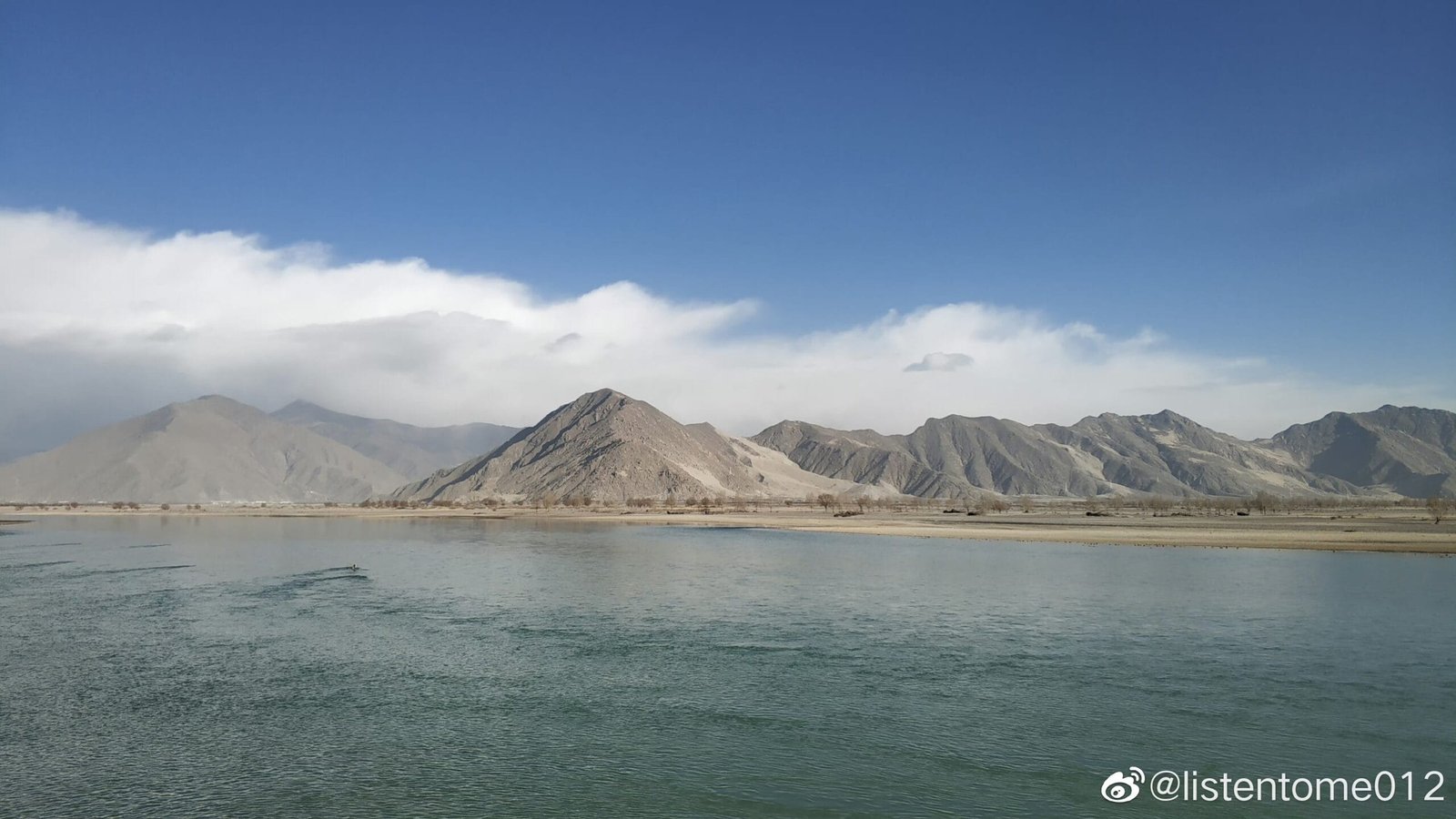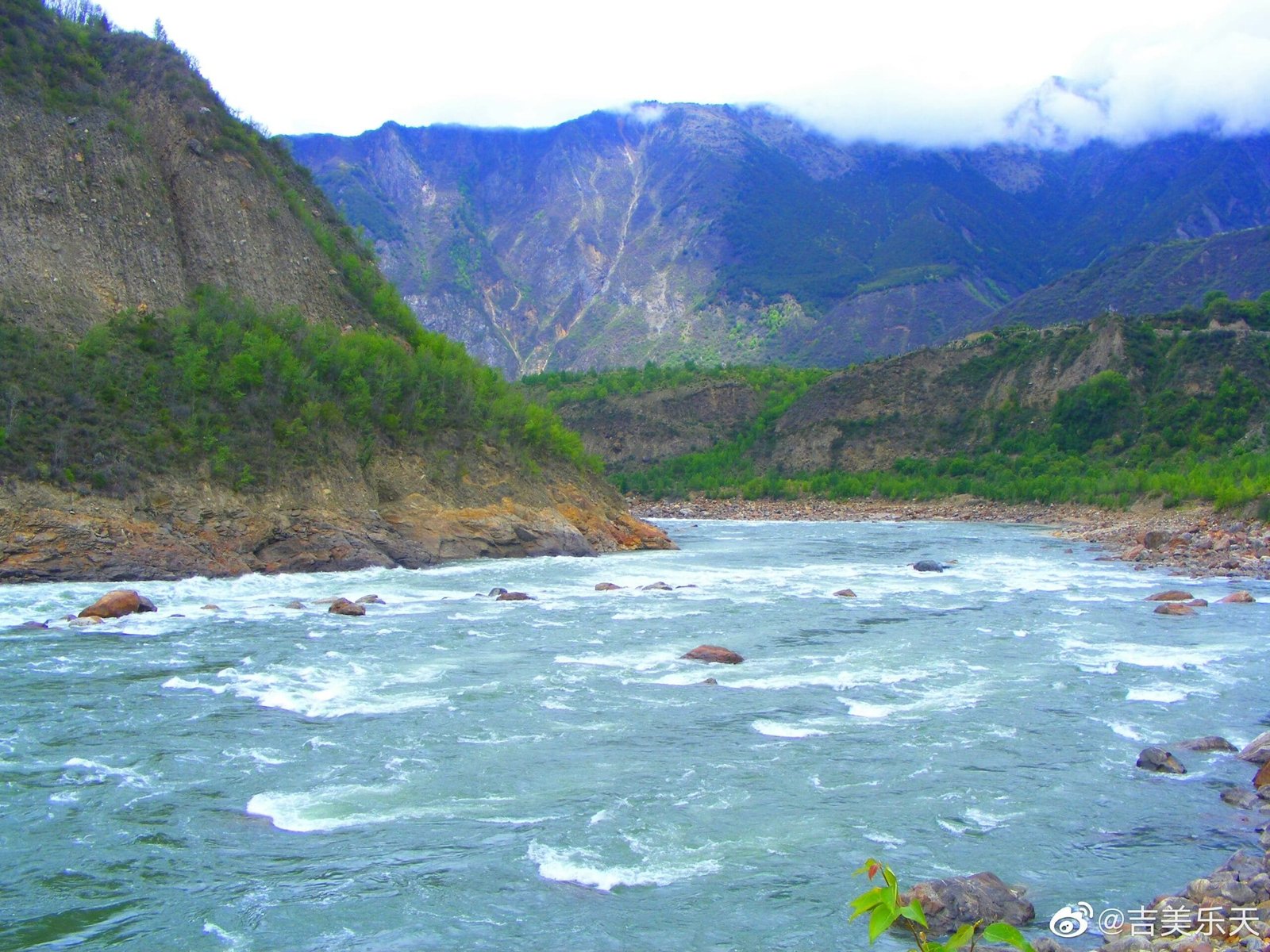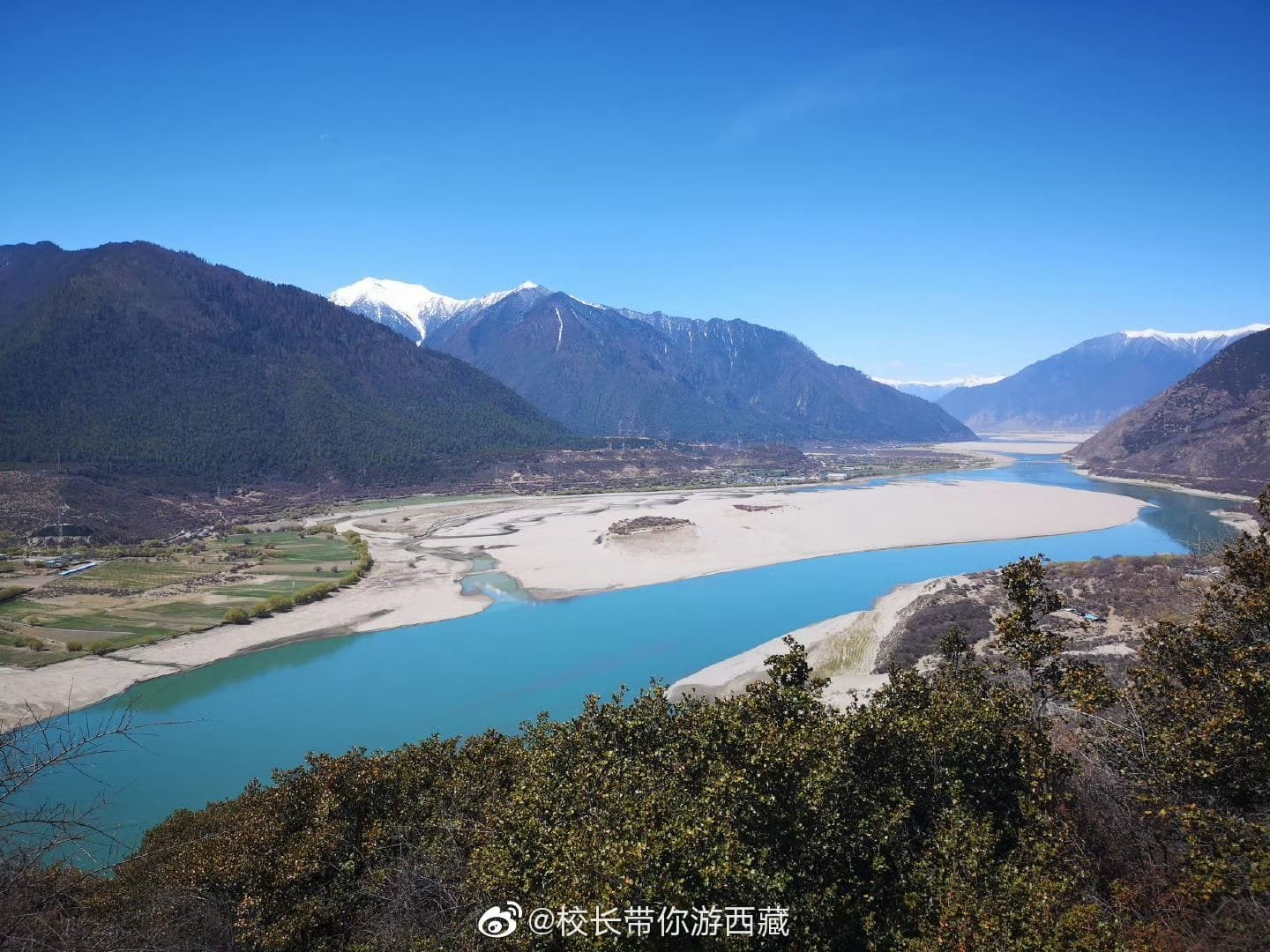Situated in the eastern part of the Tibet Autonomous Region, Chamdo serves as a crucial link between the Tibetan Plateau and the neighboring provinces of Sichuan, Yunnan, and the international borders of Myanmar. Often referred to as the “Pearl of Eastern Tibet,” Chamdo represents a harmonious blend of cultural heritage, natural splendor, and economic vitality. As a historical crossroads for trade, religion, and ethnic exchange, Chamdo offers an unparalleled window into the dynamic complexity of eastern Tibetan civilization.
Geography and Strategic Significance
Chamdo’s strategic importance lies in its position as a geographic and cultural bridge between Central Tibet and China’s southwestern frontiers. It serves not only as an essential trade corridor but also as a vital connection to the wider Himalayan and Southeast Asian regions. The city’s name, meaning “confluence of waters” in Tibetan, reflects its geographic reality—the meeting of the Zachu (Mekong) and Drichu (Yangtze) rivers, which merge to form the Lancang River. This convergence shapes both the topography and the hydrology of the region, making Chamdo a key water resource for downstream communities in China and Southeast Asia.
The Nujiang, Lancang, and Jinsha Rivers, along with their intricate network of tributaries, form the backbone of Chamdo’s ecological system. These rivers nourish diverse habitats, support agricultural development, and serve as potential sources for hydropower generation, underscoring Chamdo’s role as a critical ecological and economic region.
Natural Beauty and Sacred Landscapes
Chamdo’s landscapes are among the most breathtaking in Tibet. From towering snow peaks to serene alpine lakes, the region presents a diverse and awe-inspiring panorama. One of its jewels is Ranwu Lake, renowned for its crystal-clear waters, colorful pebbled shores, and surrounding meadows. Encircled by verdant forests and distant snow-covered mountains, the lake offers a haven for nature lovers and spiritual seekers alike.
Another highlight is Meili Snow Mountain, a dramatic range that stretches from Zayu County in Tibet to Yunling Township in Yunnan Province. Known not only for its natural grandeur but also for its spiritual significance, Meili Snow Mountain is sacred in Yongdrung Bon, Tibet’s indigenous faith. This religious reverence aligns it with other sacred peaks such as Mount Kailash, linking Chamdo to broader Tibetan cosmology and pilgrimage routes.
Administrative Overview
As of recent administrative divisions, Chamdo City comprises one district and ten counties. The central district, serving as the urban heart, functions as the political, cultural, and economic center of the region. Among the counties, Markam (Tibetan: smar-khams) stands out as a popular destination and cultural crossroads, rich in Tibetan Buddhist heritage and situated along vital trade routes leading into Sichuan and Yunnan.
Cultural Heritage: The Cradle of Kham Culture
Chamdo is often referred to as the cradle of Kham culture, which distinguishes it from the more centralized Gelug Buddhist traditions of Lhasa. The people of Chamdo, known as Kham or Kangba people, are celebrated for their bold, independent spirit and their vibrant cultural expressions. This region has long been a melting pot of ethnic and regional influences.
Throughout its history, Chamdo has absorbed diverse cultural currents from neighboring areas, including the Yellow River civilization from Qinghai and Gansu, and the Bashu culture of Sichuan and Chongqing. It has also interacted extensively with various ethnic groups such as the Bai, Yi, Naxi, Lisu, and Tibetan communities of Yunnan. This interweaving of influences has produced a rich and distinctive cultural identity, evident in the region’s language, traditional attire, folk arts, religious practices, architecture, and festivals.
Chamdo’s architecture often reflects a blend of Tibetan and local styles, with homes decorated in bright colors and elaborate woodwork. Music and dance are integral to community life, and local festivals are celebrated with traditional costumes, horse-racing, and religious rituals that reaffirm communal bonds and spiritual continuity.
A Region in Transition
While Chamdo remains deeply rooted in its traditions, it is also embracing modern development. Abundant in natural resources such as minerals and water reserves, the region has become a hub of hydropower and mining activities, contributing significantly to the local economy. Infrastructure improvements have enhanced connectivity with the rest of Tibet and China, allowing for greater mobility of goods and people. At the same time, efforts are being made to preserve Chamdo’s fragile ecological balance and cultural heritage amid the pressures of modernization.
Chamdo embodies the soul of Eastern Tibet—a region where nature and spirituality are interwoven with commerce and cultural exchange. From the sacred waters that flow through its valleys to the towering mountains that guard its horizons, Chamdo offers a profound and multifaceted experience. Its rich historical legacy, unique blend of cultures, and stunning natural beauty make it not only a gateway to Tibet’s wonders but also a destination of enduring significance. As Chamdo continues to evolve, it holds fast to its roots, offering travelers and scholars alike a rare insight into the living traditions and timeless landscapes of the Tibetan Plateau.








